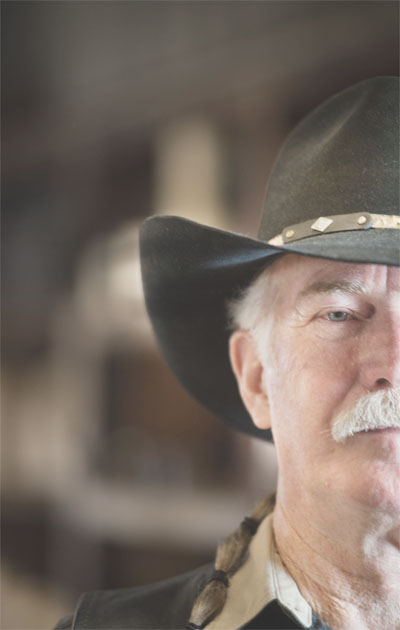Yesterday morning, about a dozen farm tractors, some new, most vintage, drove past our home in upstate New York. I thought they might be gathering for a parade, but it didn’t turn out that way. I tried to get photos as they drove by, but I was too slow. So, no photos. . ..
Linn, an old tractor no longer manufactured, was built here, and was used not only on farms, but in the logging industry in the Adirondacks. The people who built the Linn helped lift the area out of the horse and buggy era, and that’s what Labor Day celebrates. Linn tractors were impressive machines, with a combination of wheels in the front and tracks for the rear.
I think parades are one of the things that typify village life. They are likely to include a high school band or two, maybe an honor guard of American Legionnaires carrying the national flag, and possibly a few floats as well. Of course, there will be a line of fire trucks, and participants will toss candy to the kids lining the sidewalks.
In a small city in Connecticut, a bunch of people decided to do their own parade when the official one was cancelled. They got out on bicycles, and carried boom boxes (portable radio/tape players) on their shoulders. It went over so well, it became an annual tradition. For our village, I think a string of farm tractors is ideal.
Would my series protagonist, Bobby Navarro, be likely to participate in a parade? I doubt it. I don’t think I’ve ever read a murder mystery in which the protagonist takes part in a parade. But, maybe if there were fifty other Harley riders in it, he might. What do you think?
